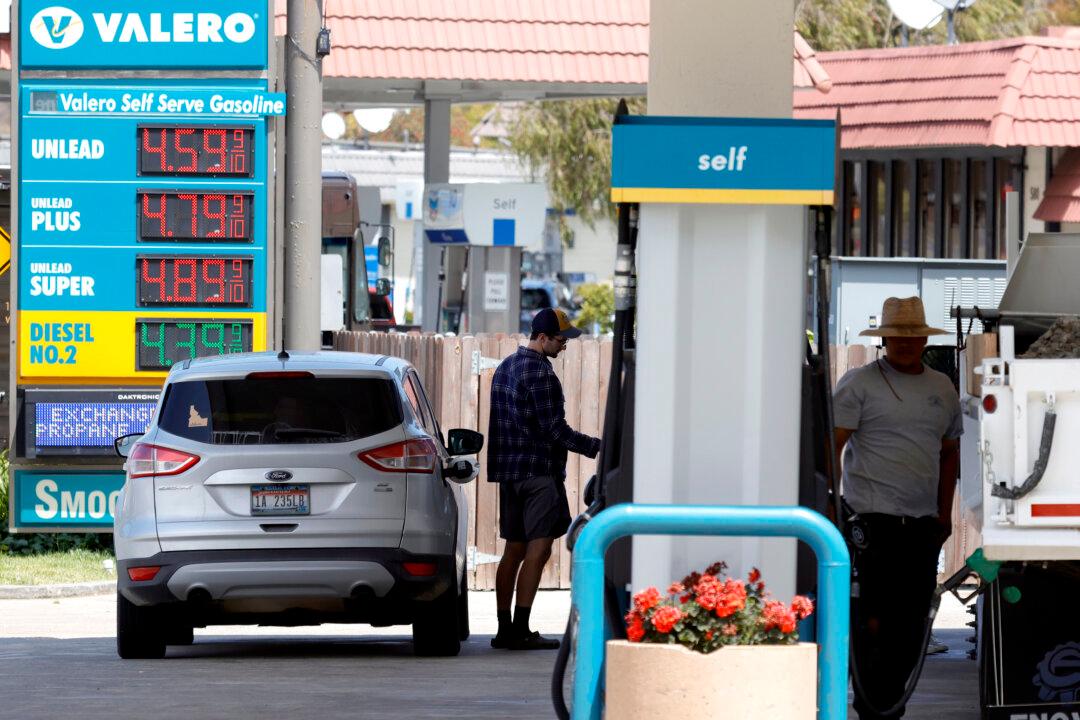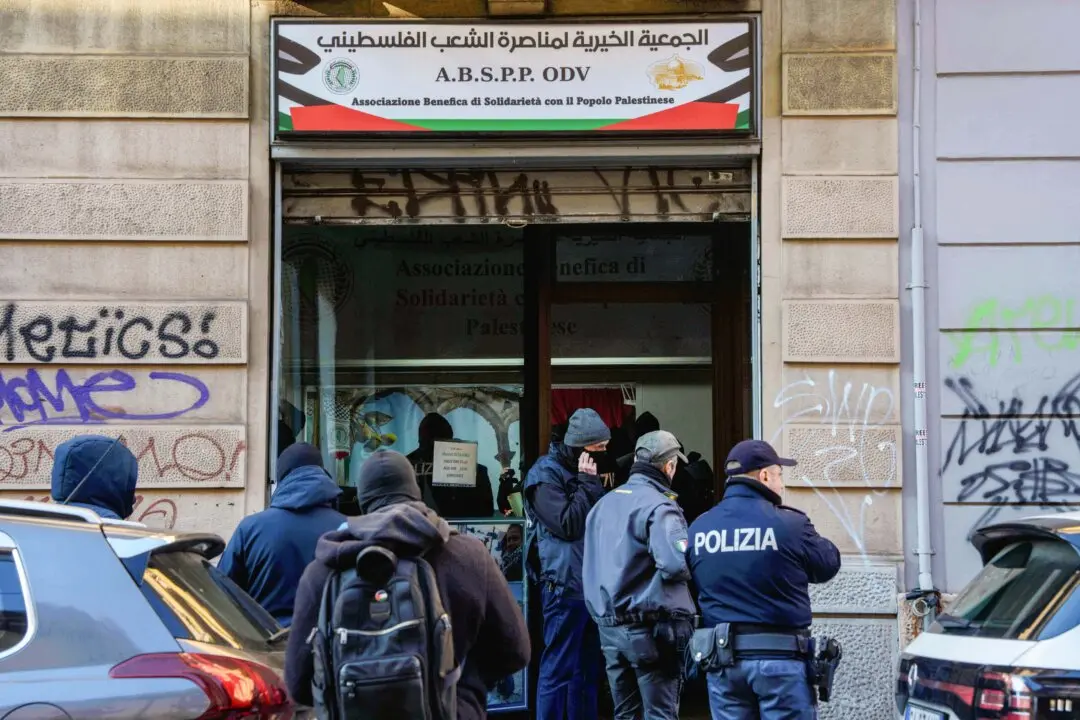U.S. gasoline prices have risen to their highest level in seven years even as demand fell for a fourth straight week, with supply disruptions from Hurricane Ida putting upward pressure on prices and keeping seasonal factors from delivering relief at the pump to drivers frustrated by historically high fuel costs.
For the week of Sept. 6, the national average for a gallon of regular gasoline rose to a seven-year high of $3.176 from $3.139 the week prior, according to the U.S. Energy Information Administration (EIA), which projected that hurricane-related supply disruptions in the Gulf of Mexico would continue to pressure prices in the near term.





